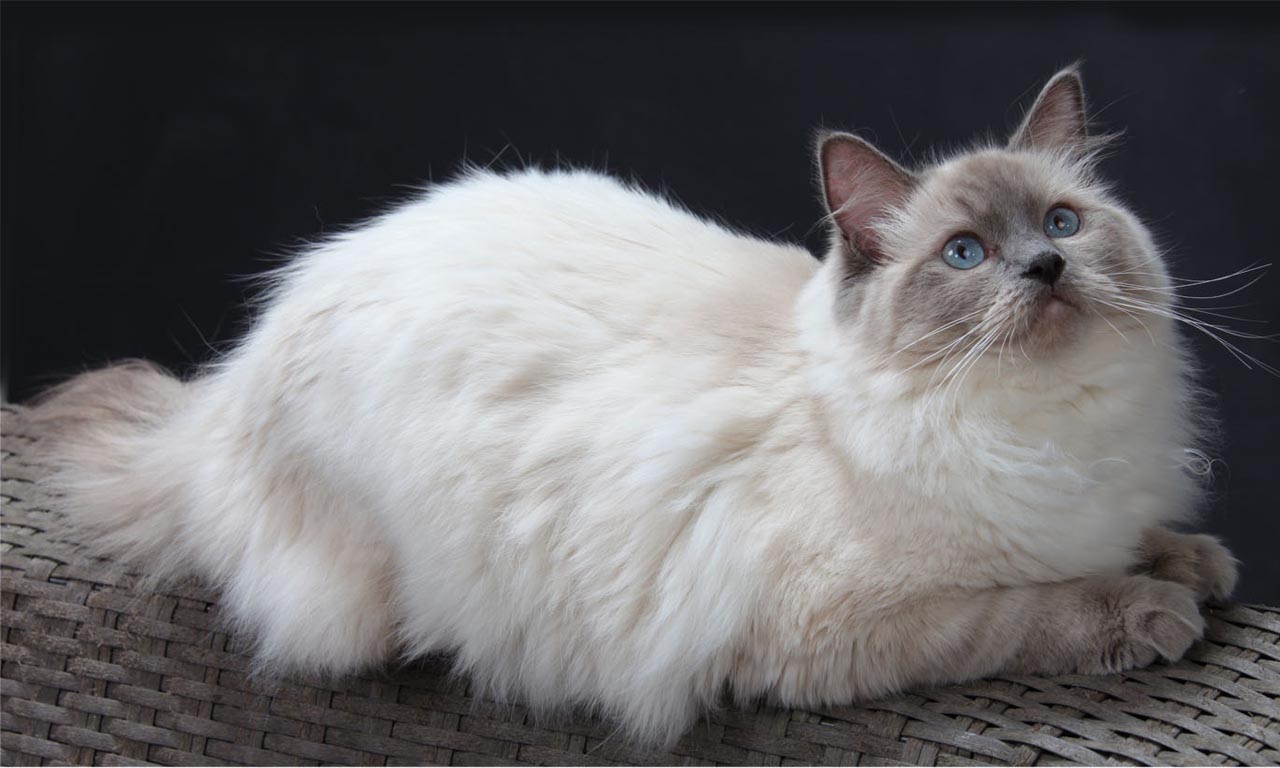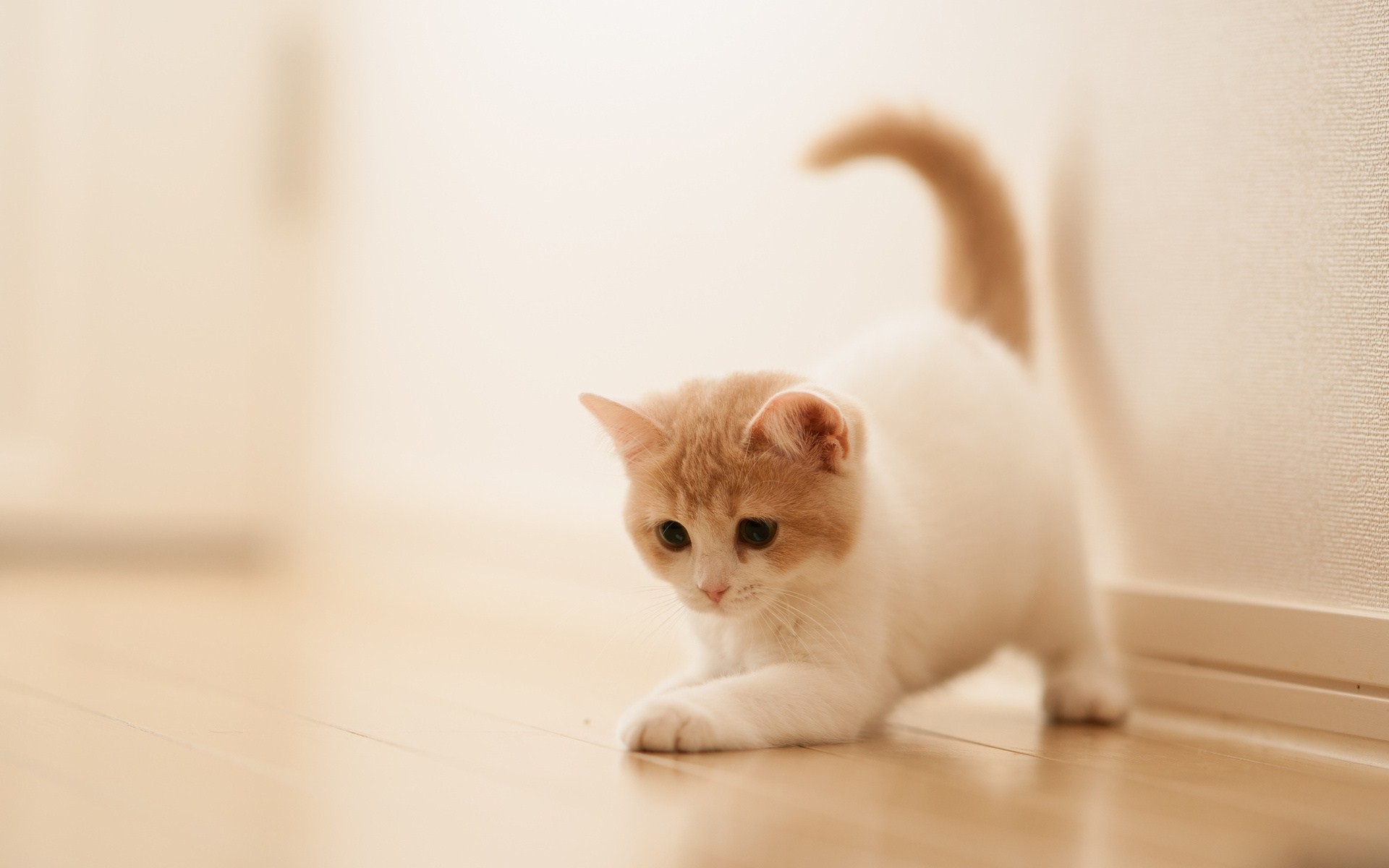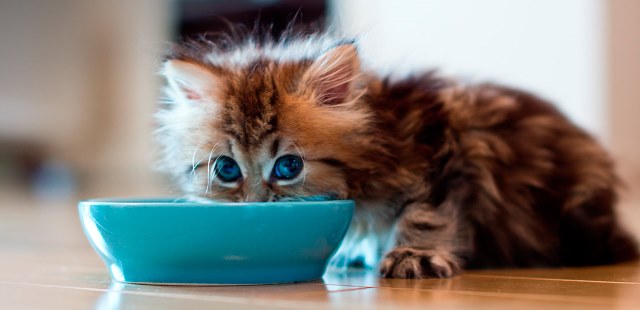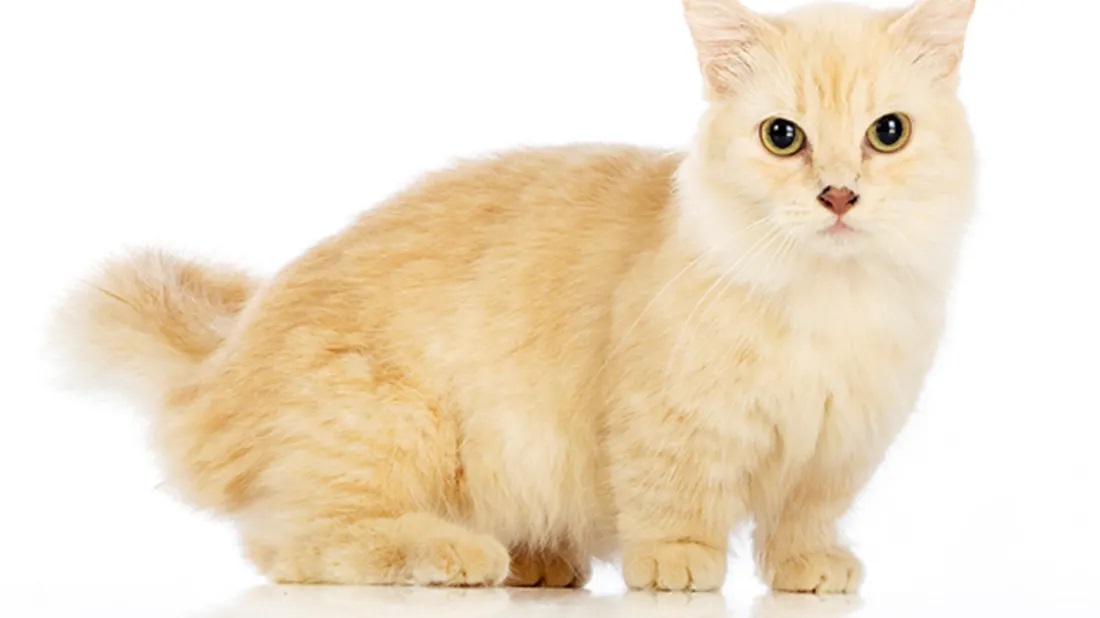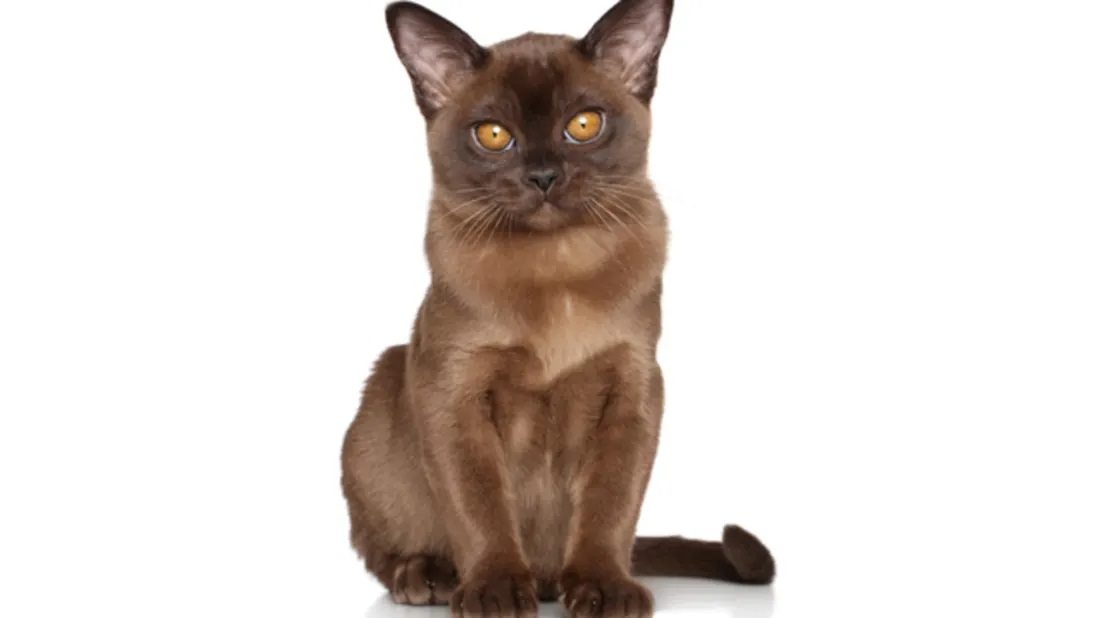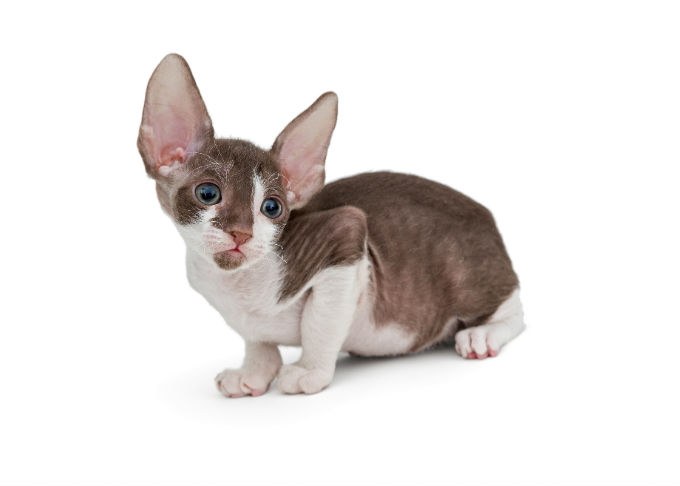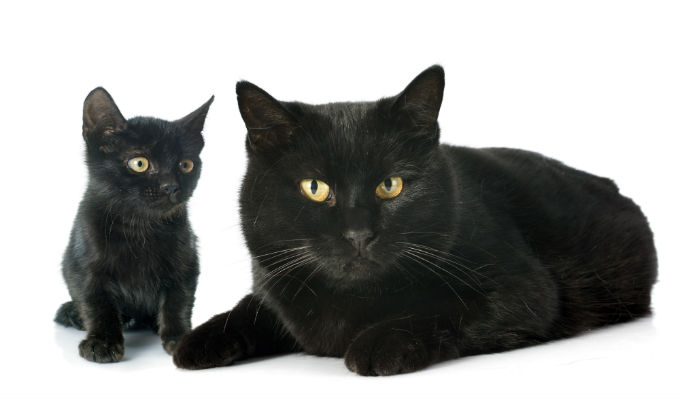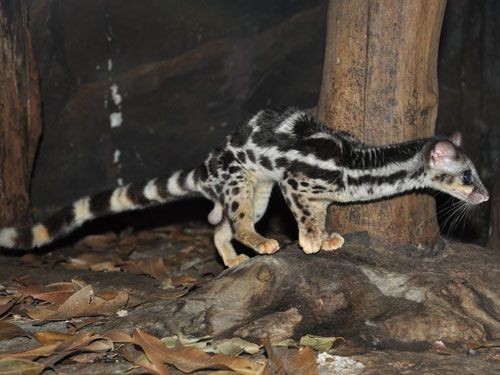Aging in cats
What is the old age in cats?
Aging is always known as being 8 years of age or older. The average age of a cat has increased significantly in recent years. Currently, the cat lives on average from 10 to 14 years, primarily because of the progress of vaccinations, and the availability of advanced diagnostic techniques. The presence of new therapies, as well as raising the awareness of breeders of the need for cats to stay indoors, and increased breeders sense of responsibility and care for their cats.
What affects the cat’s longevity?
Environmental and genetic factors affect the cat’s longevity, although we cannot control the cat’s genetic makeup, but you, the breeder, have some control over the environmental factors that affect the cat’s longevity. These environmental factors include: nutrition, veterinary care, daily home care Cats that have been sterilized (preferably sterilized at a young age) live longer than cats that have not been sterilized, and cats who live inside the house live longer than they are allowed to roam.
What changes do I expect when a cat gets older?
Old age is a natural process where continuous and irreversible changes occur in all organs and functions of the body, with a gradual decrease in metabolic rates, but for behavioral and physical changes are usually expected where deteriorates with the increase of the age of the cat, these changes occur slowly and are observed Only over time.
the behavior:
An older cat becomes more sensitive to changes as it is less able to cope with this change.A older age cat may exhibit behavioral changes, including: neglecting your cat’s behavior, lethargy, increased sleep change, and discomfort during sleep. Night, increased stress, inability to adapt to changes in the cat’s environment, lack of attention to cleaning itself, decreased immunity against colds, decreased appetite for many foods, and the cat may become more intimate, or may become more sensitive and nagging, and some It becomes more shouting, nervous, and tense For abnormal or strange behavior, such as frequent wandering, frequent meow, severe confusion and non-adaptation, and avoid social interaction.
Teeth, gums, mouth:
Tartar appears on the teeth gradually in different degrees depending on genetic predisposition (some species of cats are more susceptible to dental disease) and the type of food used, dry hard food precipitates a little tartar from canned food, and if tartar is still continuously this will lead to dental membrane diseases , Or gum infections that may lead to tooth loss.
Digestive:
Older cats may lose their appetite (abstinence from food), and may show symptoms such as vomiting, diarrhea, or constipation. Constipation is a common problem in older cats, where intestines lose their efficiency, and the process of excretion may become more difficult, also common Poor digestion, poor absorption of food, and it becomes important to change the diet or receive certain medications.
Urinary tract:
Kidney degradation occurs in older cats, and the cat tries to make up for it by drinking plenty of water and thus frequent urination, and may lose control of urination or defecation (involuntary urination) and thus shows the cat’s retreat from the exercise he has gained before.
Motor system:
There is a general loss of muscle size and capacity with age, long bones become more fragile and arthritis may arise, these changes are responsible for the slow and lack of movement and activity in the older cat, and the inability to jump as high as it was, Low response and tendency to unbalance.
Nervous system:
All the cat’s senses are weakened with age, but cats can compensate for this to some extent. Hearing loss may appear as an acute (sudden) condition, and deteriorating sense of smell and taste make it difficult to eat the usual food.
The appearance:
The cat loses its skin elasticity with old age (skin becomes flabby) and the skin and scalp become generally thin, frequent tumors or cysts under the skin and also chronic skin diseases. The nails grow in thickness, length, and become more fragile, and the metabolic rate decreases.
Other symptoms may appear, such as opacity of the lens of the eye, miosis trimmings, hair color change (such as siamese cat discoloration and becoming dark or dark), spinal protrusion, pelvic bones, and weight loss.
What do I do to my older cat?
Although it is not possible to increase your cat’s lifespan beyond its current level, there is much that can be done to improve your cat’s life.This requires, increasing desire, care, understanding, and protection from your destination, but you will enjoy the cat very well in its later years. The cat will live longer and happier.
nutrition:
Feed your cat well in specific amounts to prevent obesity.If your cat is overweight, consult your veterinarian for a low-calorie diet.If your cat is underweight, consult your veterinarian for a high-calorie diet, and a sweet food. -Heat the food slightly to increase its penetration.
Veterinary Care:
Cats are experts in concealing the disease. It is common for a cat to develop a serious illness.However, there are no symptoms until the condition is advanced enough.Take your cat to the veterinarian at least once or twice a year, or occasionally recommend it. For screening, weighing, and blood testing, this will vary from cat to cat. You may need frequent diagnostic tests to identify any disorders and develop treatment plans.
Commonly aging diseases include diabetes, diabetes, increased glandular secretion, inflammatory bowel disease, kidney disease, liver disease, obesity, cancer, heart disease, high pressure, and oral and dental diseases.
Chronic diseases require lifelong treatment, observation and modification of the treatment regimen from time to time, follow the recommended diet (if any additives), medications, schedule of immunizations, dental care (cleaning teeth), side effects and unexpected interactions For medicines that should be reported to your veterinarian immediately, some older cats cannot tolerate some of the medications they are used to.
Home Care:
Keep the cat inside, keep the cat out in the cold or rainy weather, encourage the cat to play and be active as much as possible, give a lot of attention and tenderness to the older cat, comb the cat daily to prevent the formation of hair balls, and to compensate If the cat allows you to check your teeth and gums regularly, brush your teeth daily, brush your teeth with tartar, avoid any stress on your cat’s life as much as possible. , Provide cat care at home while you are away.
The older cat takes longer to overcome the disease, the disease also takes less time to get sick and fatigue the older cat, due to poor immune function, observe the cat’s water consumption, urination, weight, any tumors or inflation, food consumption, level Activity, diarrhea problems, constipation, vomiting, coughing, or sneezing.
Never assume that the changes you see are simply due to aging and therefore are not treated. Any change in your cat’s behavioral or physical condition should alert you to seek the help of your veterinarian.
It is important to change the location of your cat’s food bowls and litter box for easy cat access within 24 hours a day, and you may need to place a small chair next to the bed to allow the cat to jump to bed through the chair.
When do I know it’s time to say goodbye to the cat?
Animals provide emotional intimacy, companionship, and a sense of happiness to their breeders. Alternatives.
Compassionate death is difficult to decide.Mercy death is a humanitarian act in situations where there is no hope of recovery, or when a cat’s survival is painful or insulting to your cat.Please talk to your veterinarian about all the possibilities available to you to help you make informed decisions.


